- The road was designed to preserve the environmental and cultural legacy of the area, its heritage, flora and fauna and the quality of life for residents
- In this edition, the IRF (International Road Federation) recognized 11 projects from all over the world for their environmental actions
The International Road Federation (IRF) has announced the winners of the 2020 IRF Global Road Achievement Awards. It is a global competition to recognize the outstanding achievements of road construction) professionals.
In this edition, the IRF recognized 11 projects from all over the world, each of which lead through innovation in their main disciplines of roads and highways. The selection was made by an international panel of road development specialists.
The Toowoomba Second Range Crossing (TSRC), which officially opened in September of 2019, is the first road construction contract granted to Ferrovial in Australia. The $1.6 billion project is a 41 km long road bypass to the north of Toowoomba. It connects the Warrego Highway at Helidon Spa in the east to the Gore Highway at Athol in the west at Charlton.
The project was extremely complex and technically challenging. It utilized innovative engineering design solutions and the best environmental mitigation measures featuring more than 20 million cubic metres of earth works, 24 bridge structures including an 800m viaduct, six dedicated fauna underpasses and four million square metres of disturbed land rehabilitation throughout the affected area.
The TSRC was designed to preserve the environmental and cultural legacy of the area, its heritage, flora and fauna and the quality of life for residents.
Environmental Actions
The main environmental actions implemented included protection of native grass species and a threatened reptile species (114 specimens of Delma torquata were translocated), management of water quality during construction, conservation of soils in adjacent farming lands, stakeholder and community management and the management of Indigenous cultural heritage.
On the other hand, innovative and sustainable designs assisted in keeping costs to budget while ensuring environmental best practice was implemented. For example, the use of onsite foam bitumen, asphalt and concrete batching plants reduced haulage costs and lessoned greenhouse gas emissions. Where possible, locally extracted rock material has been reused to produce pavement aggregates, resulting in cost efficient pavements and a sustainable outcome for the project. Where trees were required to be cleared, clearing limits were minimized to preserve vegetation and fauna habitat.
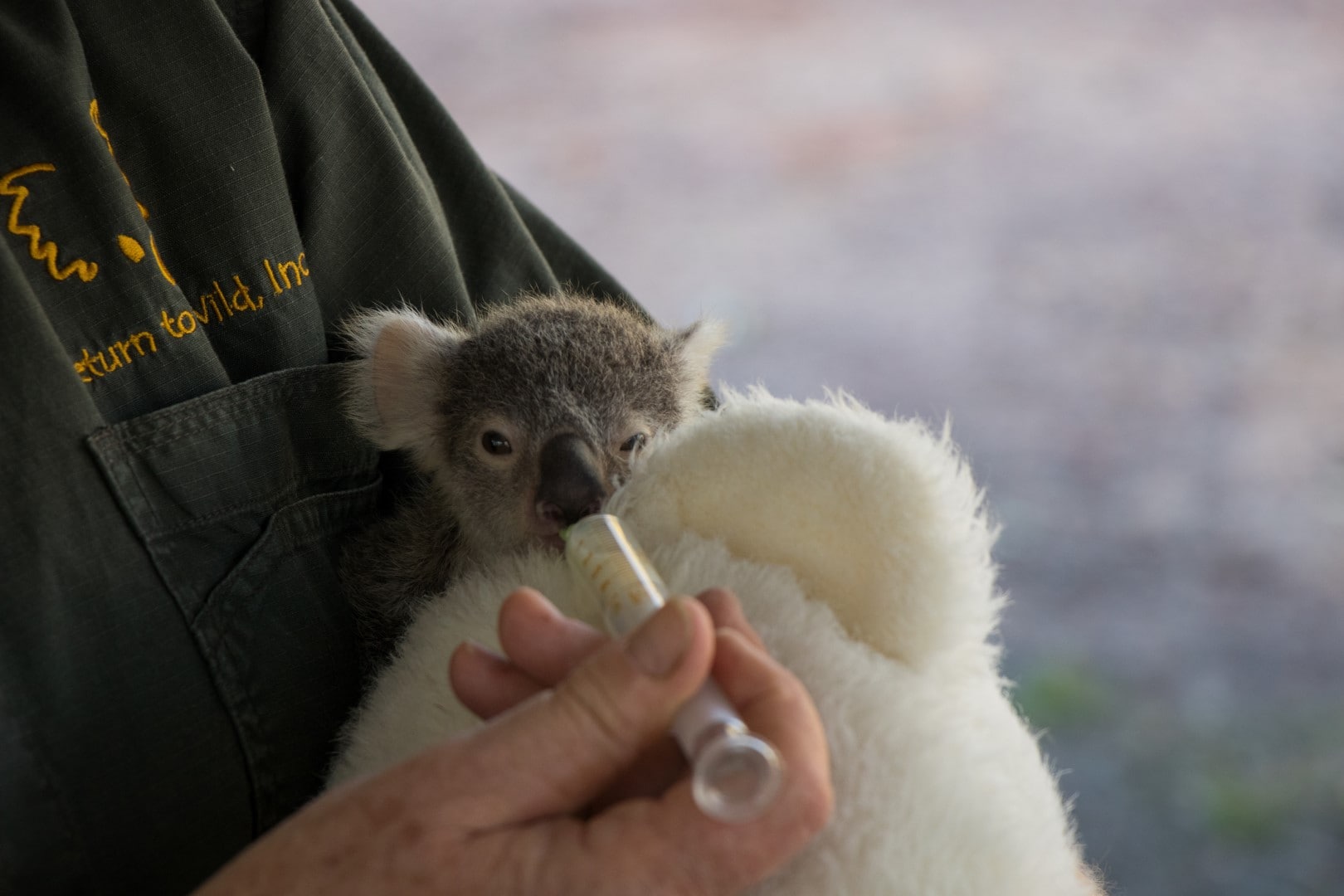
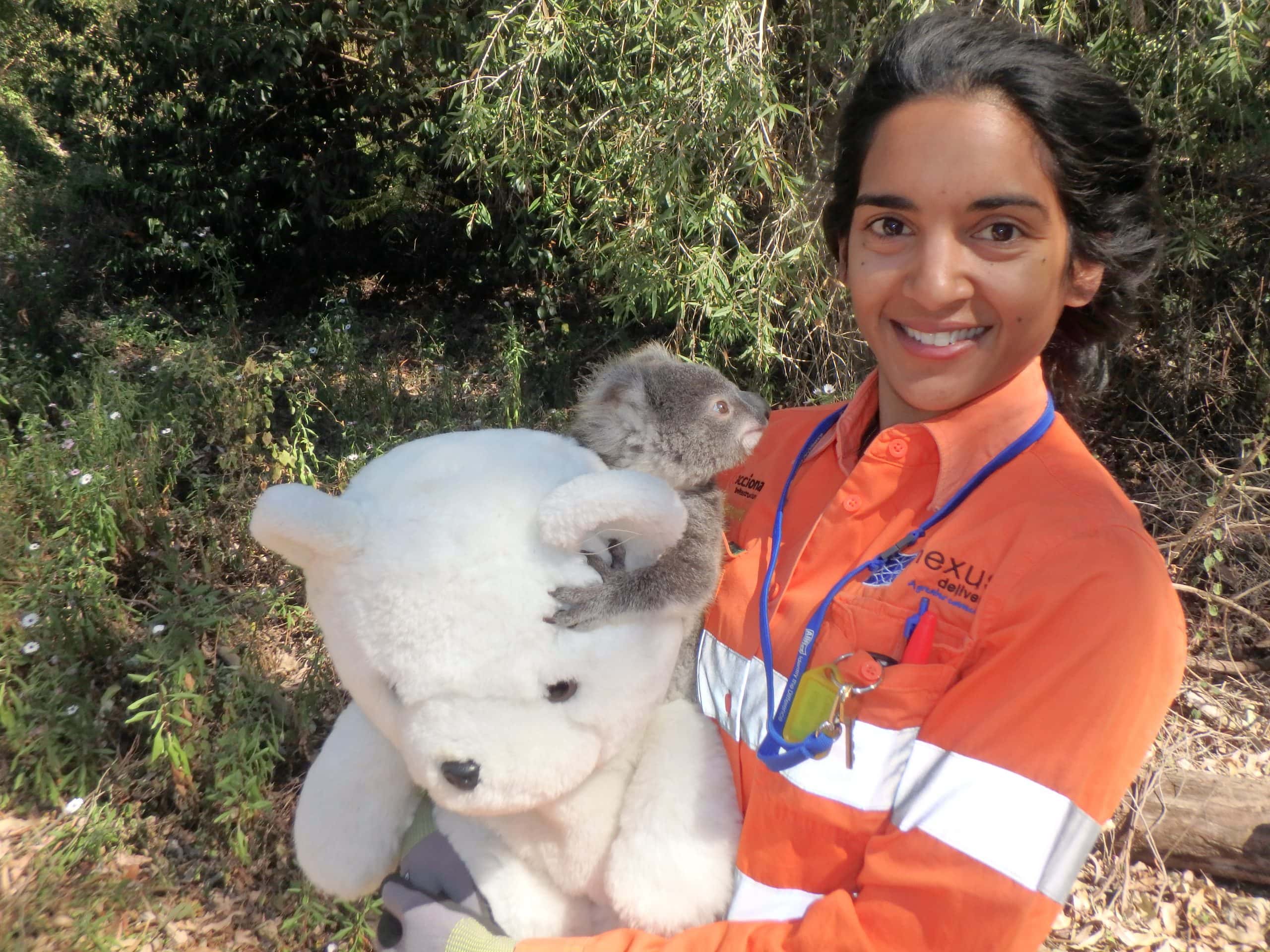
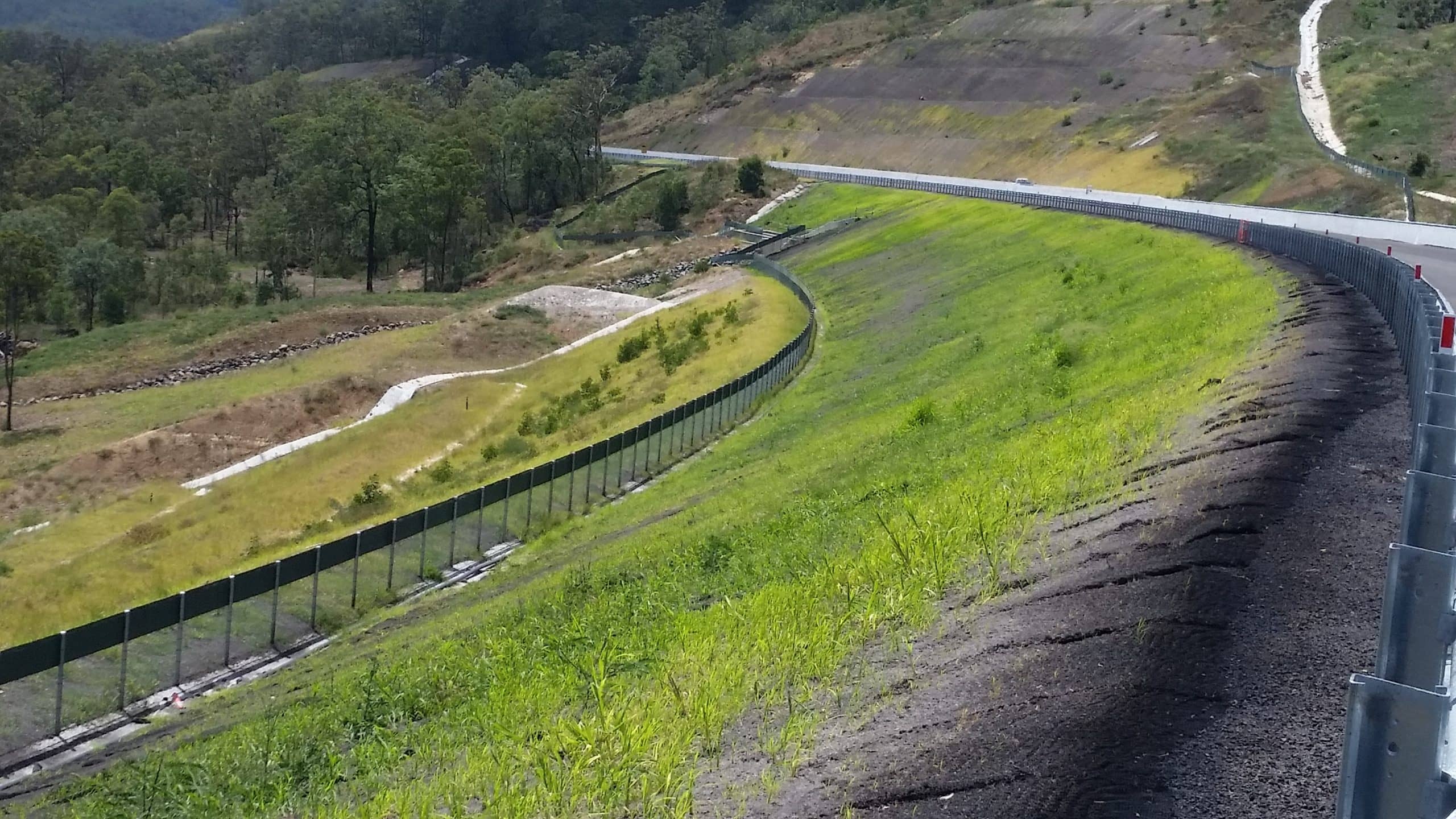
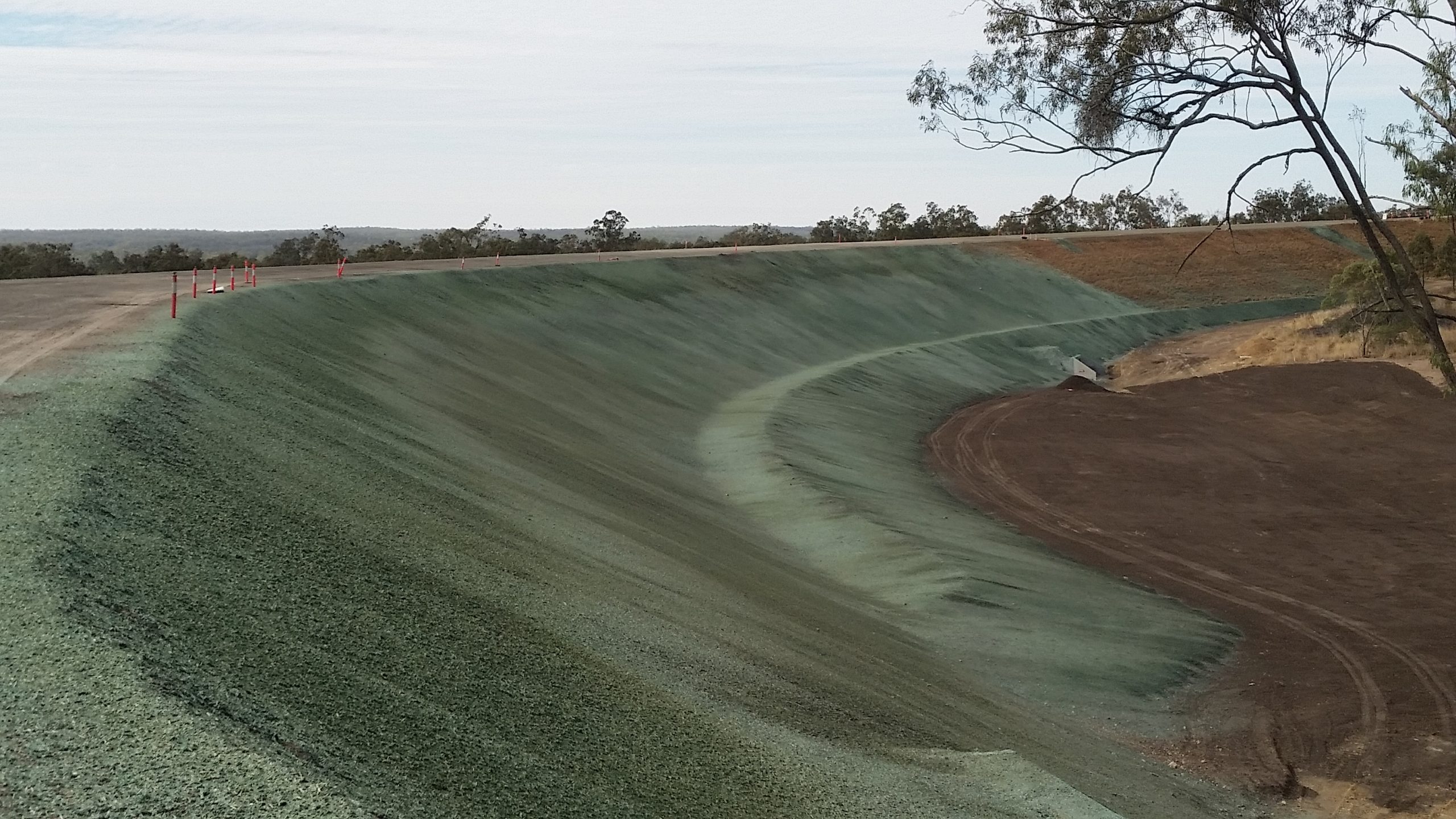
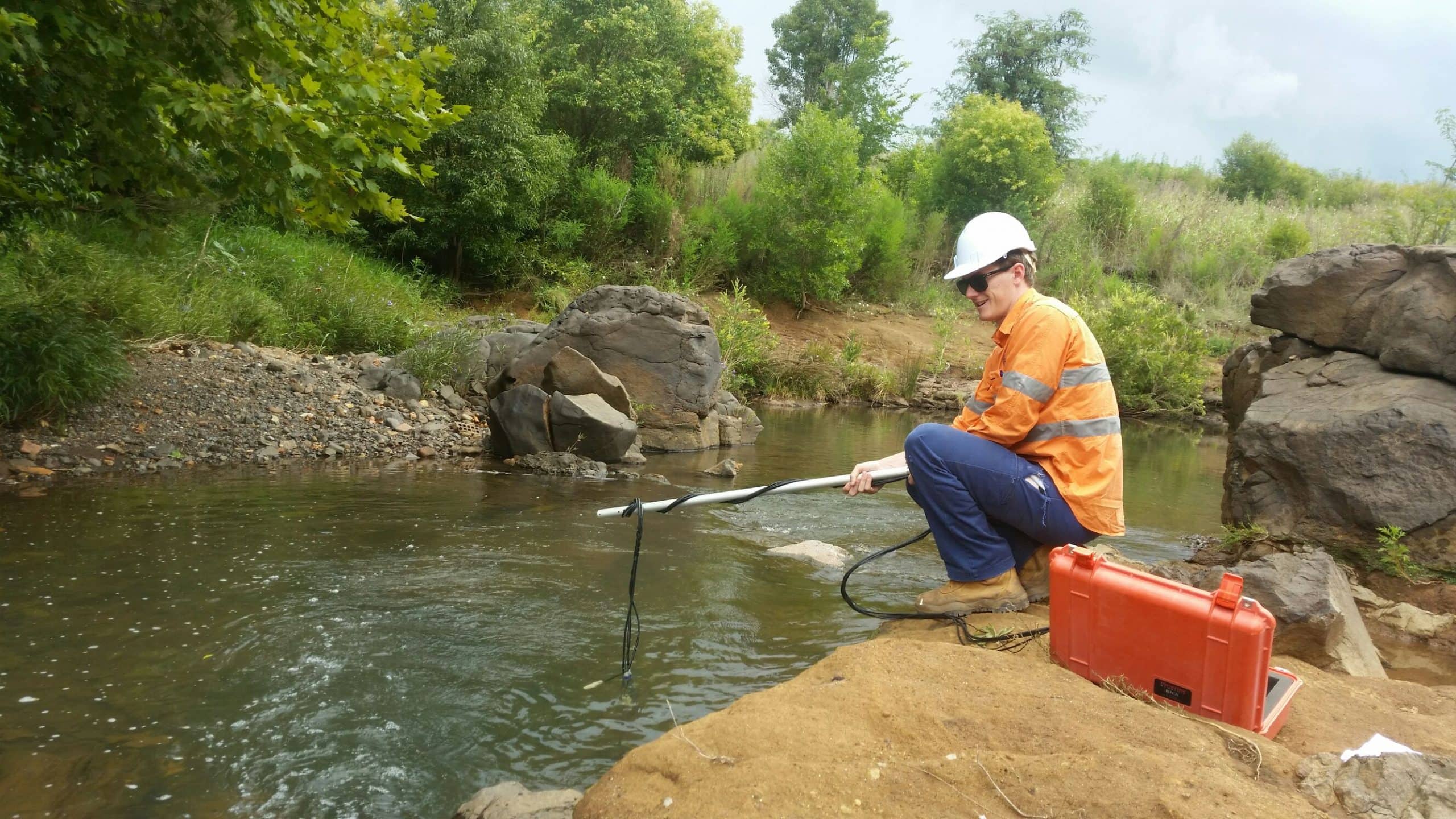
Toowoomba Environmental Actions







